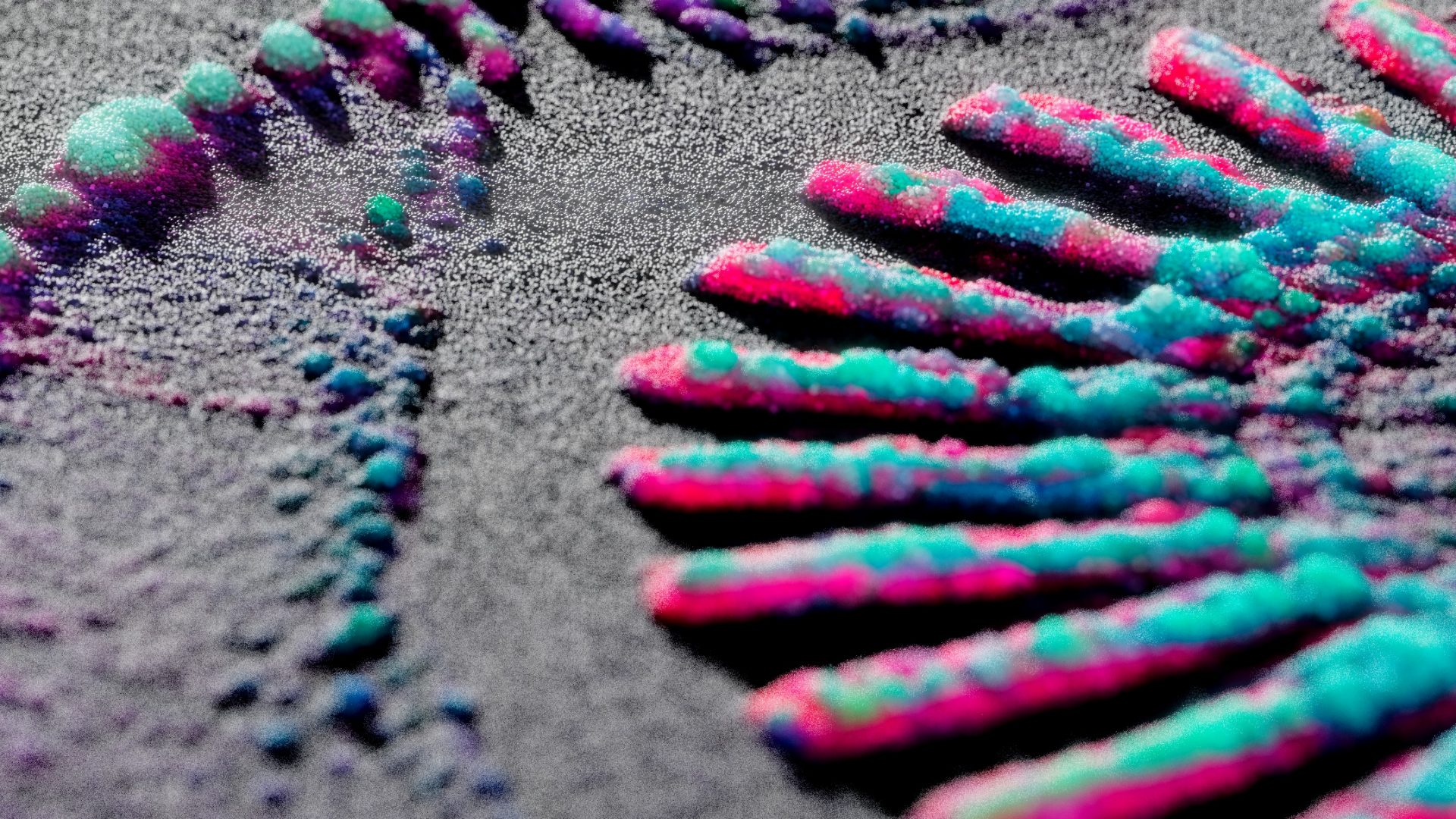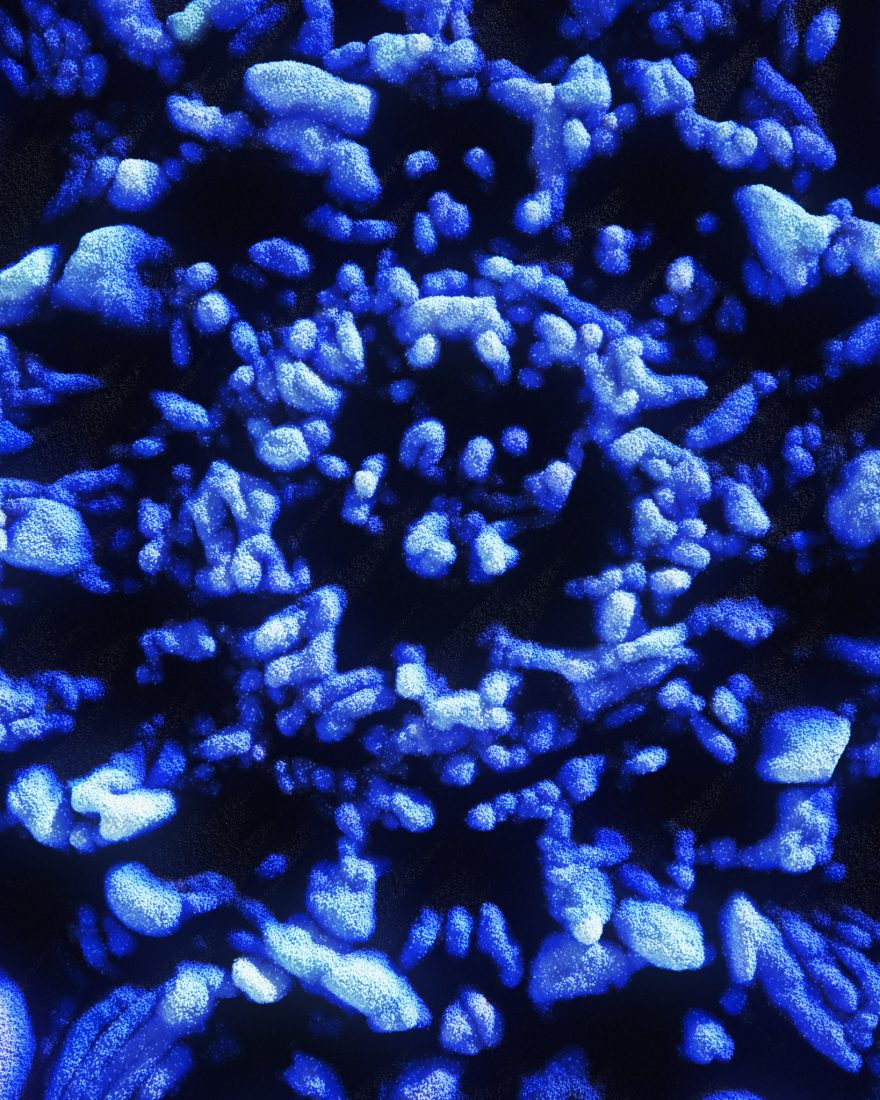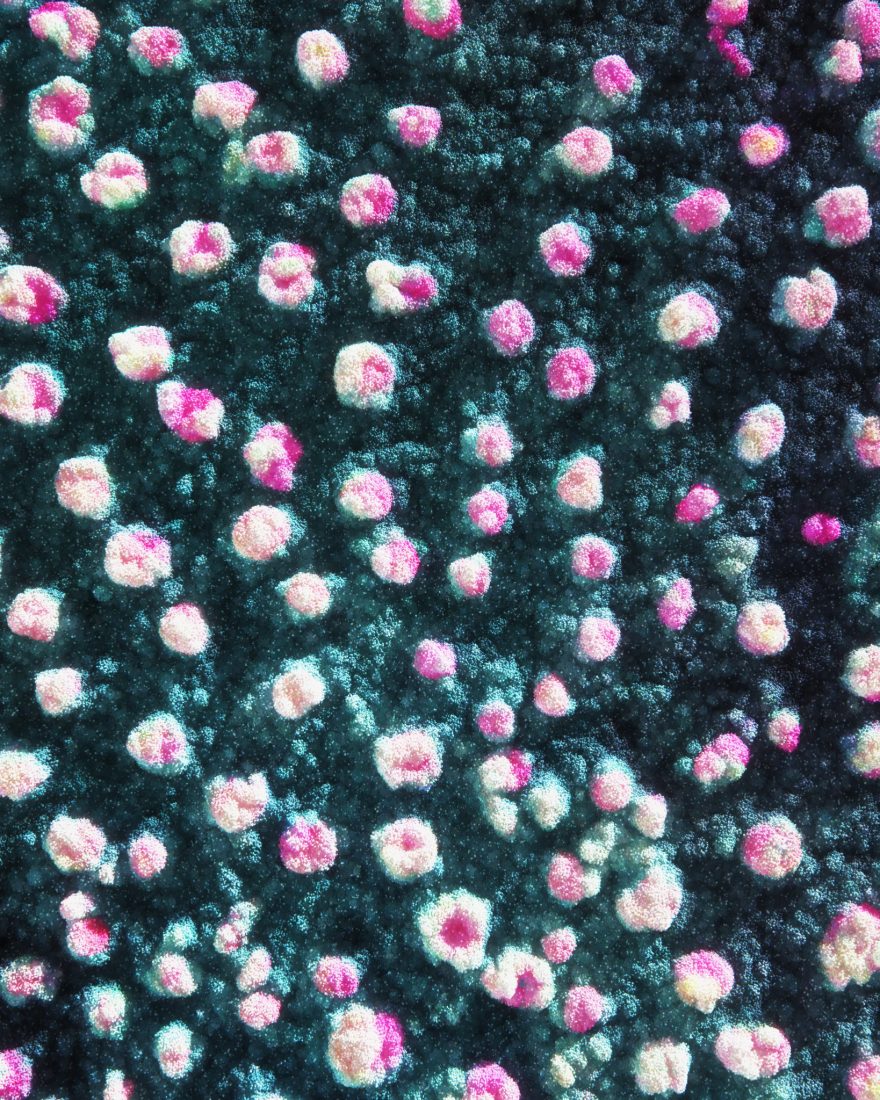Microencapsulation technology is a process to form a capsule building a wall membrane on the core material enriched with active compound, maintaining the essential properties of the core.

Microencapsulation
Microcapsules are micrometer-sized containers, which enclose a core material in either a liquid, gaseous or solid state.

Protection Shield
The wall material, called also coating, shell or membrane, enclosing the microcapsules is formed mostly by the polymer, plasticizer, resin, or wax.
Core and wall materials.
The most significant components of every microcapsule are a core and a wall material, the last typically stabilized on the core’s surface by various cross-links. While the core of a microcapsule constitutes of any material of interest- an active compound to convert into its encapsulated state, the choice of a wall material is interdependent and plays a significant role determining the properties of the whole microcapsule overall. Most importantly, the membrane material should comply many requirements, e.g. be compatible with the core and does not react with it. Depending on the desired capsule’s properties and its application, the choice of the shell should consider material’s flexibility, stability, solubility, strength, permeability, etc.
Usually, biodegradable (synthetic/natural) or non-biodegradable polymers are used to form microcapsules’ shells. Biodegradable materials have many pros but frequently they are impure or suffer interbatch variation. Non-biodegradable polymers characterize with slower rate of degradation and high purity, but unfortunately they tend to accumulate in the environment or in human body, thus are cytotoxic. At present, materials like natural carbohydrates, cellulose, gum, lipids, proteins, as well as synthetic polymers are of a first choice for capsule’s wall material.
Types of encapsulation and preparation techniques.
Scientific literature correlates the term capsule to a core-shell structure. Considering the morphology, three categories of microsystems can be distinguished: single core, multiple core and matrix type. Moreover One-phase spherical materials, called microbeads, as well as empty, unfilled microspheres can also be classified as kinds of microcapsules. Depending on the number of immobilized cores and surrounding walls, microcapsules can be grouped into mononuclear, polynuclear and matrix types. In order to transform materials from different form to microcapsules, various micro-encapsulation techniques exist.
Each of them characterizes with peculiar procedure, results in production of microcapsules with varied characteristics (e.g. size), as well as has consequent advantages and possible limitations. An overall list of preparation techniques includes Emulsification, In-situ polymerization, Interfacial polymerization, Coacervation/Phase separation, Sol-gel, Layer-by-layer, Ionic gelation, Spray-drying, Prilling, Fluidized bed technology, Hot Melt Extrusion, Membrane Assisted Emulsification, Membrane Assisted Nanoprecipitation.
Capsules stabilization.
Stabilization of a wall material can be done by formation of covalent or non-covalent bonds (ionic interactions, ionic gelation-described below) in its polymeric composition. The presence of cross-links can also slow down the degradation of a microcapsule’s shell, consequently causing delayed in time release of incorporated active compound. Cross-links can be generated using chemical and they can be also stimulated by external fields or physical stressors, e.g. dehydrothermal treatment, light, etc. Finally, biological factors (enzymes) can act likewise. Several different chemical cross-linkers can be used based on the reaction between aldehydes and primary amines/hydroxyl functional groups but their reactivity and cytotoxicity have to be deeply verified. Natural crosslinkers like genipin has been recently broadly studied in the context of protein-based compounds’ cross-linking. Physical cross-linking are also adopted in order to avoid chemical linkers or use of solvents that often cause toxic effects. Typical crosslinking mechanism is based on dehydrothermal treatment (DHT) and consequent polycondensation of functional groups of polymer chains.
Design of innovative microcapsules.
The demand of advanced microcapsules formulations with improved performance, capabilities and relevant behaviour for industrial use, has led to the development of micro-containers sensitive to external stimuli. A proper design of a microcapsule gives a possibility to modulate consequent release of an incorporated compound from the microsphere in a desired manner and time. Four types of microcapsules can be distinguished depending on the mode of core release from a microsystem: (a) permanent capsules resistant to leakage; (b) microspheres characterizing with time-delayed release; (c) microspheres characterizing with time-target release; (d) microcapsules releasing the immobilized compound on demand.
Permanent microcapsules characterize with impermeable, resistant shells, which have a purpose of encapsulated material protection from the environmental factors. Microcapsules with time-delayed release are distinguished by their thick polymer shells with high degree of cross-links that enable controlled and very slow release of incorporated compounds. The third group constitutes of microspheres with time-target release is mostly used in pharmaceutical sector for the development of microarchitectures capable of core liberation as a cause of external stimuli presence. The last group of microcapsules characterizes with release of the core material on demand, meaning that the active material is liberated periodically on command whenever the triggering activator emerges.






